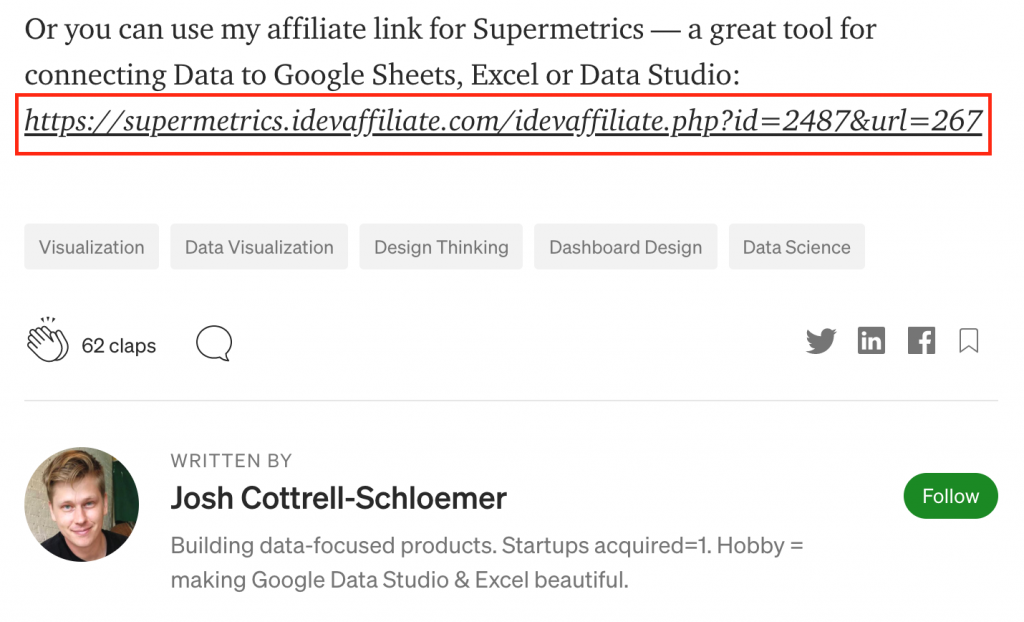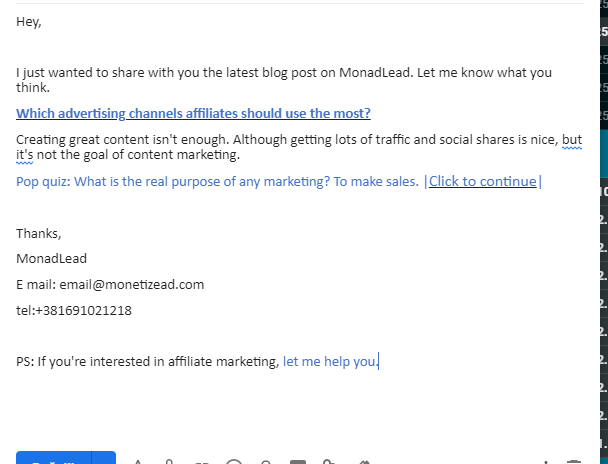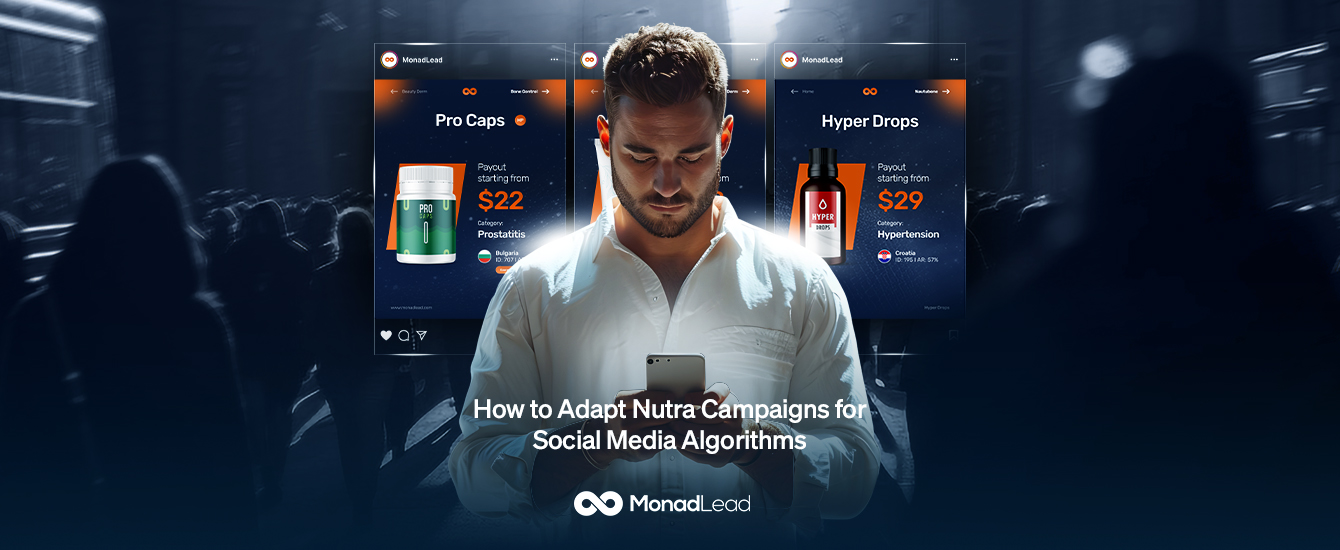Affiliate marketing is very tricky and you should try all the available strategies to improve sales. It’s important to use at least one of the advertising mechanisms. In fact, it is more important to use more of them, so that you know which to put a special emphasis on.
What is the most important fact?
You need to be unique and show your quality in the best possible way.
There is a broad selection of channels for affiliate marketers. Not all of them are equally popular, so let’s stop at the most efficient ones:
Social media networks
Social networks today support the development of society and marketing strategies are a pillar of the development of any business. So, if you don’t have posts people want to see, your business stays unrecognized. The competition is fierce.
To promote affiliate links in these channels, you need to have an audience consisting of potential buyers. The benefit of social media is that in many channels you can place direct affiliate links in your posts. This is the case with Twitter, Facebook, and Pinterest, for example.
But the success of direct linking to your affiliate offers depends entirely on your audience. And because promotional content is frowned upon by most users on social media, you’re usually better off linking to your in-depth blog posts that contain the affiliate links. Direct sales from social media are rare. That’s why it’s more suitable for driving traffic to your affiliate website.
Not all social media channels and forums match your affiliate product. For example, TikTok and Instagram are not ideal for promoting Supermetrics. Because they don’t have the right demographic. Although, marketers who use Supermetrics could run ads on those channels.
Unlike forums and guest post websites, content-publishing communities such as Medium allow direct placement of affiliate links in your posts. But like all marketing channels, users will ultimately be the ones to decide how much promotion is acceptable.
Stuffing too many links in your Medium articles isn’t going to drive any traffic or sales. But adding your affiliate link at the end of a useful, informative article can be an effective strategy.

Social media influencers
Influencers are known as so-called Internet stars (namely, on Instagram, Facebook, and YouTube). They are popular people with numerous subscribers and fans. The great thing about influencer marketing is that the audience is already engaged and maximally interested in what their idols have to say. As such, they will pay attention to any product an influencer promotes.
Influencers can advertise products in many ways, including reviews, unboxing, live streams, and more.
Blogs
Blogging is a great way to receive organic traffic and rank in Google results. Organic traffic is a natural way for interested users to click a link and get the information they were looking for. As a rule, promotional links appear in entertaining and educational content, like guides, reviews, instructions, and more. Users click the link and appear right on the seller’s website or a pre-lander.
Mass media
Media sites cannot be overlooked – they can bring you huge traffic streams. These are informational resources, where product reviews are posted regularly. And, yes, many of them include affiliate links. Such promotions are usually efficient because mass media sites can boast of social proof and trust.
Email marketing
If somebody tells you that email marketing is a thing of the past, don’t believe those people (probably, they are your competitors). Indeed, this marketing channel has been around for a pretty long time, but it still shows great results. According to Hubspot research, mail-outs generate $42 for every $1 spent, which is an astounding 4,200% ROI, and that’s pretty high.
As with any other marketer, an affiliate can use email lists for successful sales. Sending promotional messages along with affiliate links to potentially-interested users might be a great part of a promotional strategy.
Just have one call to action in your sidebar. Again, it should offer people something in exchange for their email addresses.
Since you’re collecting email addresses around a very specific topic, such as finding the best straightening iron, juice maker, mini-oven, etc., you don’t need a lot of them to make the email list worth your time.
Even with less than 500 people on your list, you can create significant sales.
Just make sure to keep your audience engaged, by sending them regular updates, ideally once a week.
Don’t make it all sales. Just let them know when you have a new review up.
For example, I email out every single post that we do on Quick Sprout with a very simple description of what it’s about:

Every now and then, send them a specific call to action to buy a product. Perhaps you just found a new favorite in the latest review and think it’s really great.
You can update your audience on your change of mind, and the reasons why and recommend that they switch to that product also.
Microsites
Microsites, as the name suggests, are small one-page (or a couple of pages) websites that appear separately from the main brand site. They serve to describe concrete goods and services and provide additional details about them. The best things about microsites – they are laconic and exclude distractions, so visitors stay focused on the offer only. Such pages are widely used in affiliate marketing.
Coupon websites
Coupon sites are perfect for the eCommerce sphere – people eagerly search for discounts and special offers when shopping online. Locating your affiliate links on such resources can help you reach shoppers and get more sales.
Advertising networks
An online advertising network or ad network is a company that connects advertisers to websites that want to host advertisements. The key function of an ad network is an aggregation of ad supply from publishers and matching it with advertiser demand.
Table of Content
Subscribe and follow









